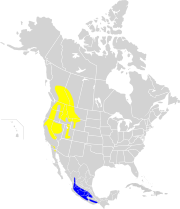
The rufous hummingbird is a small hummingbird, about 8 cm (3 in) long with a long, straight and slender bill. These birds are known for their extraordinary flight skills, flying 3,200 kilometres during their migratory transits. It is one of nine species in the genus Selasphorus.

The Pachycephalidae are a family of bird species that includes the whistlers, shrikethrushes, and three of the pitohuis, and is part of the ancient Australo-Papuan radiation of songbirds. The family includes 69 species that are separated into five genera. Its members range from small to medium in size, and occupy most of Australasia. Australia and New Guinea are the centre of their diversity and, in the case of the whistlers, the South Pacific islands as far as Tonga and Samoa and parts of Asia as far as India. The exact delimitation of boundaries of the family are uncertain, and one species, the golden whistler, has been the subject of intense taxonomic scrutiny in recent years, with multiple subspecies and species-level revisions.
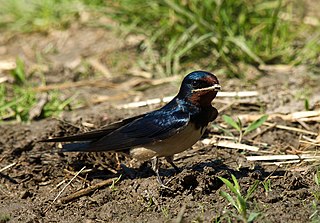
The bird genus Hirundo is a group of passerines in the family Hirundinidae. The genus name is Latin for a swallow. These are the typical swallows, including the widespread barn swallow. Many of this group have blue backs, red on the face and sometimes the rump or nape, and whitish or rufous underparts. With fifteen species this genus is the largest in its family.

Allen's hummingbird is a species of hummingbird that breeds in the western United States. It is one of seven species in the genus Selasphorus.

Melanerpes is a genus of woodpeckers of the family Picidae found in the Americas. The 24 members of the genus are mostly colourful birds, conspicuously barred in black and white, with some red and yellow.

Melaenornis is a genus of small passerine birds in the large family Muscicapidae commonly known as the Old World flycatchers. They are restricted to sub-Saharan Africa.

Amazilia is a hummingbird genus in the subfamily Trochilinae. It is found in tropical Central and South America.
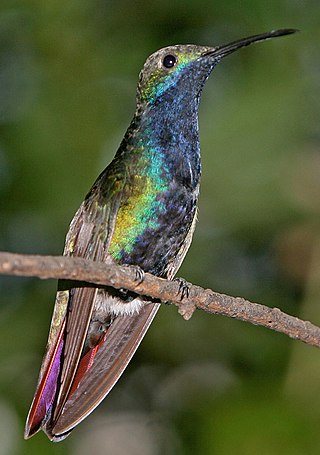
The mangos, Anthracothorax, are a non-migratory genus of hummingbirds in the subfamily Trochilinae native to the Neotropics.
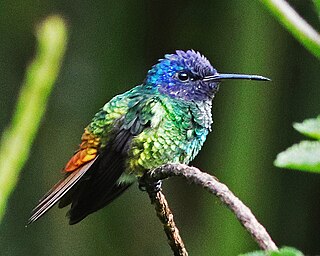
Chrysuronia is a genus of hummingbirds in the family Trochilidae, all of which are native to Central and South America.

The caribs are a genus, Eulampis, of hummingbirds in the family Trochilidae. The genus contains two species, both of which are endemic to the islands of the Caribbean. The genus name comes from the Ancient Greek word eulampēs meaning 'bright shining'.

Eupetomena is a genus in the hummingbird family Trochilidae. It contains two species which are both found in eastern South America.

Hylocharis is a genus of hummingbirds, in the family Trochilidae. It contains two species that are both found in South America.

Sporophila is a genus of Neotropical birds in the tanager family Thraupidae. The genus now includes the six seed finches that were previously placed in the genus Oryzoborus.

Meiglyptes is a genus of Southeast Asian birds in the woodpecker family Picidae.

Pytilia is a genus of small brightly coloured seed-eating birds in the family Estrildidae. They are distributed across Africa.

Saucerottia is a genus of birds in the family Trochilidae, or hummingbirds.

Spermestes is a genus of small seed-eating birds in the family Estrildidae. They are distributed across Sub-Saharan Africa.

Polyerata is a genus of hummingbirds.

Chionomesa is a genus of South American hummingbirds in the family Trochilidae.
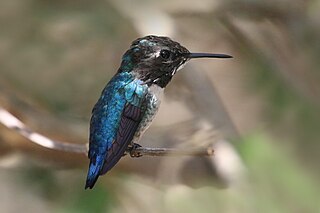
Mellisugini is one of the three tribes that make up the subfamily Trochilinae in the hummingbird family Trochilidae. The other two tribes in the subfamily are Lampornithini and Trochilini (emeralds).





